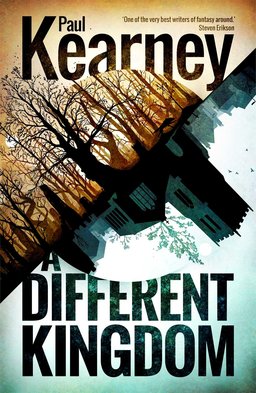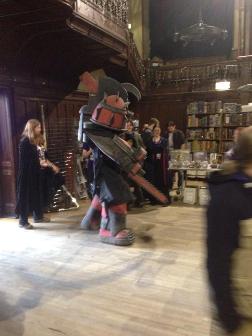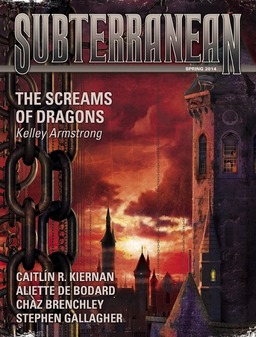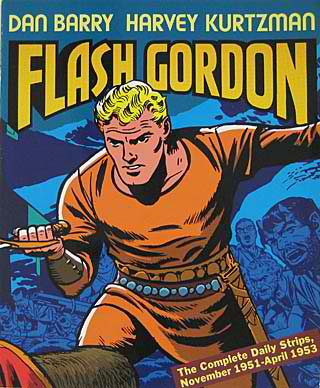Against the Giants of Chaos: Shadowdale: The Scouring of the Land
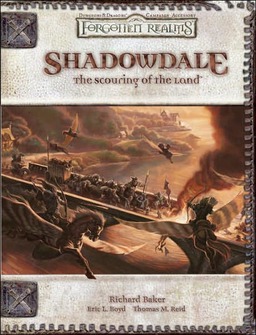 Last month, I took a look at the the first Third Edition D&D Cormyr supplement, Cormyr: The Tearing of the Weave, released in March 2007. It was a 160-page mega-adventure detailing a vast and sinister conspiracy deep in the Realms, and the first installment of what would eventually be a three-part supermodule.
Last month, I took a look at the the first Third Edition D&D Cormyr supplement, Cormyr: The Tearing of the Weave, released in March 2007. It was a 160-page mega-adventure detailing a vast and sinister conspiracy deep in the Realms, and the first installment of what would eventually be a three-part supermodule.
I wasn’t aware Cormyr was part of a series while I was bidding like a fiend in the front row of the Spring Games Plus Auction. It was just one of several Forgotten Realms products I won, and all I knew at the time was that it was in brand new condition and criminally cheap – probably because it was released for version 3.5 and now was nearly two versions out of date.
So after I read through Cormyr and discovered I had just one third of an epic story line, I went scrambling through the rest of my auction winnings to see if I’d also scored any other parts of the saga. Luckily, I quickly found Part II: Shadowdale: The Scouring of the Land, which picks up the thread and hurtles our adventurers deep into the newly-conquered land of Shadowdale.
Shadowdale lies conquered! Who can free this oppressed land?
Zhentish soldiers, Maerimydran drow, and Sharran cultist have forged a dark alliance to subjugate the peaceful land of Shadowdale. Elminster’s tower lies in ruins, Lord Amcathra governs at the sufferance of the dale’s conquerors, and the very Weave of magic in this embattled land seems to fray with each passing day. The Zhentish yoke lies heavy over Shadowdale — but the Dalesfolk are ready to fight for their freedom, if only they can find true heroes to lead the way!
This Forgotten Realms campaign adventure is designed for characters of levels 9-13. It can be played as a stand-alone adventure or as the second adventure in a three-part series. Each encounter contains tactical information for the Dungeon Master and expanded map features for ease of play.
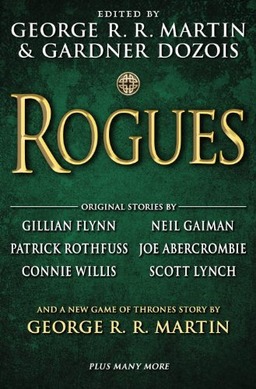
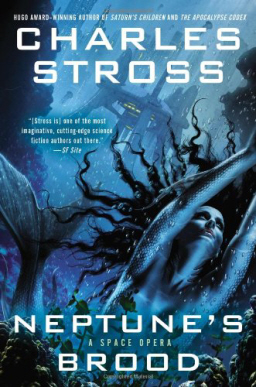
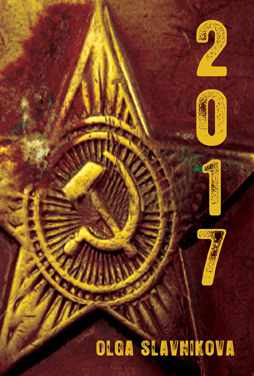 Every so often, I come across a book so idiosyncratic I have to write about it just to work out what it is I’ve read. A book strange and powerful, but whose power is difficult to locate or specify. Sometimes it’s hard even to be sure whether the book can be called ‘good’ in any meaningful way. By writing about it, I can get some thoughts in order, and see where they lead. And as such, I want to take a look here at Olga Slavnikova’s 2017.
Every so often, I come across a book so idiosyncratic I have to write about it just to work out what it is I’ve read. A book strange and powerful, but whose power is difficult to locate or specify. Sometimes it’s hard even to be sure whether the book can be called ‘good’ in any meaningful way. By writing about it, I can get some thoughts in order, and see where they lead. And as such, I want to take a look here at Olga Slavnikova’s 2017.